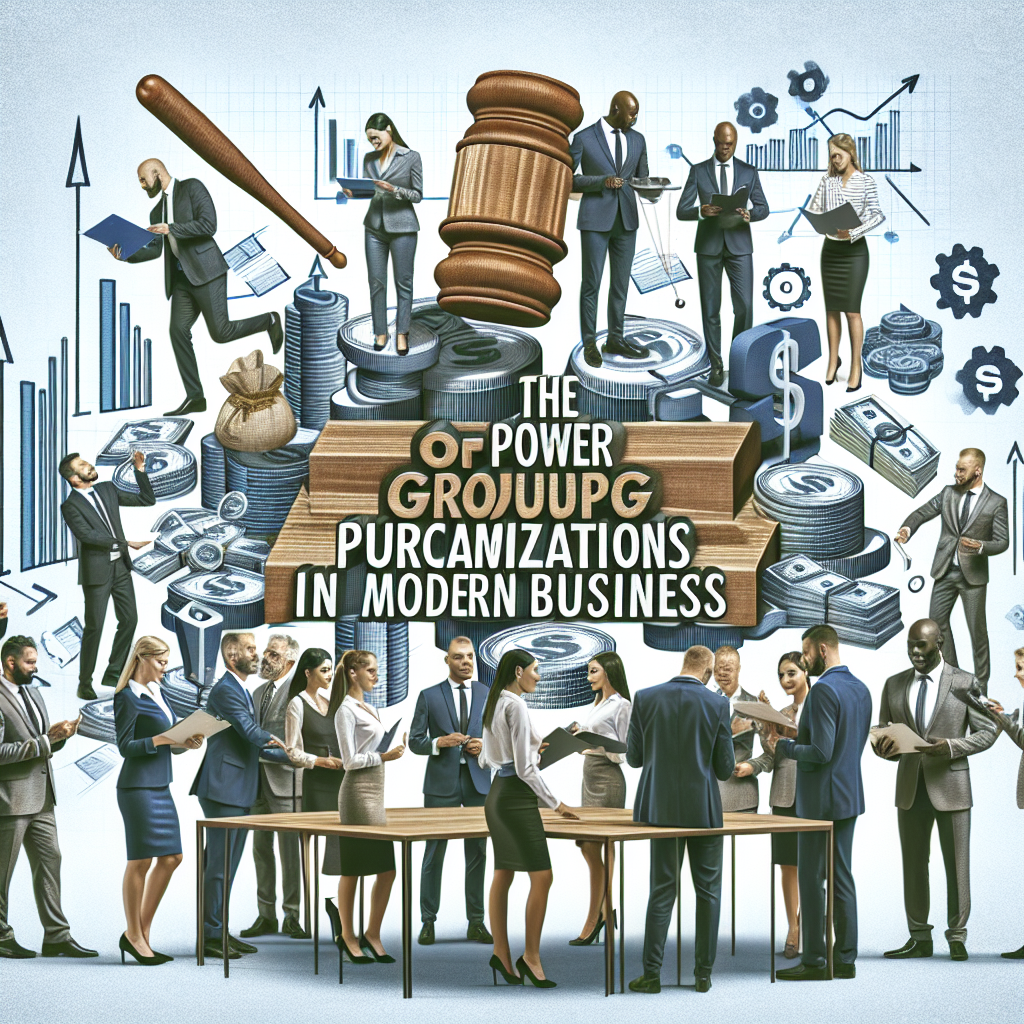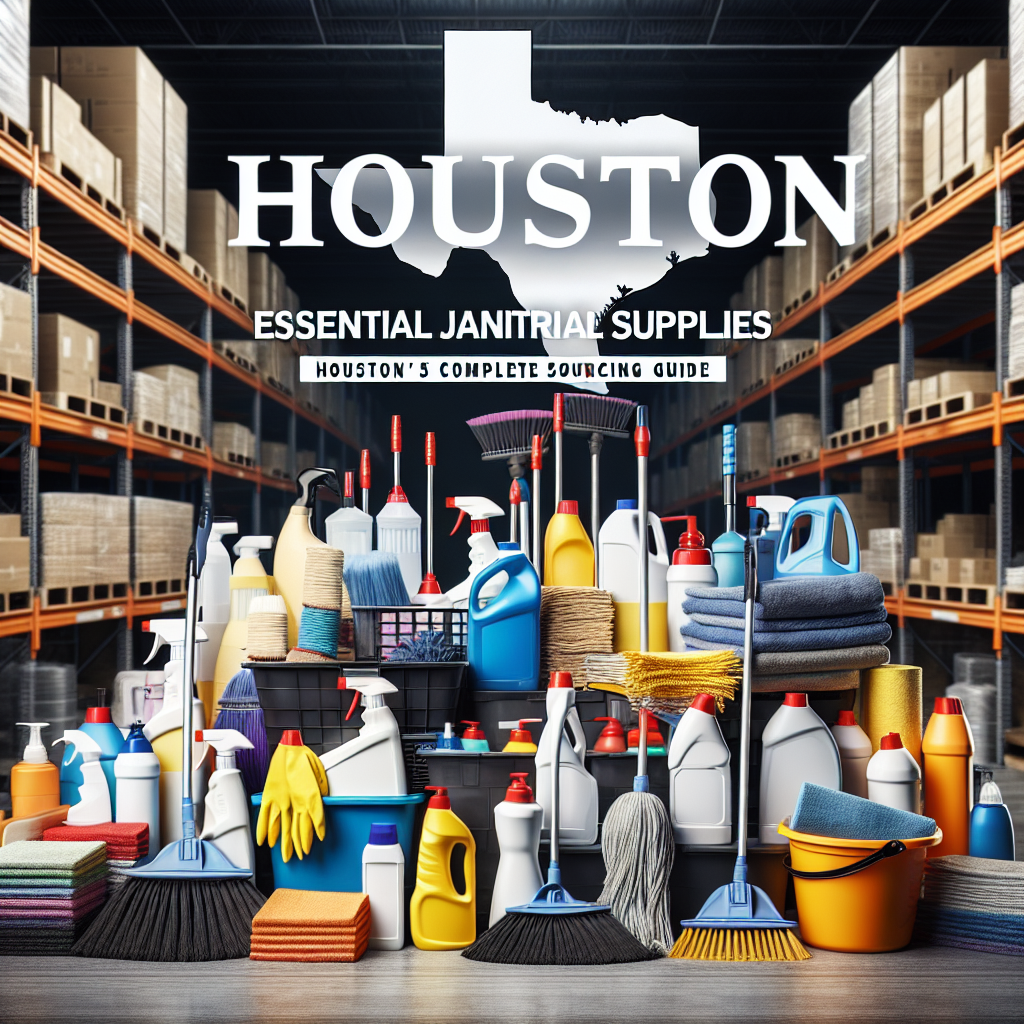Introduction
Recent changes in federal government procurement have introduced significant updates to procurement policies and regulations that impact both businesses and public sector clients. Keeping up with these changes is crucial for organizations seeking to navigate the complexities of federal contracting effectively.
Key developments include:
- New regulatory frameworks aimed at enhancing transparency and accountability.
- Initiatives promoting sustainability within federal procurement processes.
- Increased emphasis on small business participation, particularly HUBZone enterprises.
These updates provide opportunities for businesses to align their practices with federal expectations, fostering growth and compliance. Understanding these changes ensures that stakeholders can leverage new avenues for collaboration and funding while adhering to evolving regulations.
Key Takeaways:
- Familiarize yourself with the latest regulatory changes affecting federal procurement.
- Recognize the implications these updates have for material suppliers and contractors.
- Explore potential benefits available for small businesses in light of recent developments such as GPO membership benefits.
Engaging with these insights equips organizations to adapt strategically, ensuring sustained success within the dynamic landscape of federal government procurement.
Recent Regulatory Changes Affecting Federal Procurement
Recent updates in federal procurement regulations have significant implications for businesses and public sector clients. Two major changes include:
1. Final Rule on the Davis-Bacon and Related Acts (DBRA)
Published on August 23, 2023, this rule mandates that contractors and subcontractors pay prevailing wages to laborers and mechanics on federally funded projects. The Department of Labor emphasizes fair compensation, ensuring workers receive appropriate pay for their contributions.
2. Sustainable Procurement Initiative
Announced on August 1, 2023, by the Biden-Harris administration, this initiative aims to enhance federal purchasing practices by focusing on sustainability. Key objectives include reducing carbon footprints and promoting products that align with net-zero emissions goals.
These regulatory changes create a more structured environment for procurement while encouraging responsible practices. They particularly influence:
1. Material Suppliers
Companies must adapt to updated wage requirements and demonstrate compliance with sustainable materials sourcing. This shift may lead to increased operational costs initially but can result in long-term benefits through enhanced reputation and access to new contracts.
2. Contractors
For contractors, understanding the DBRA updates is crucial. Non-compliance can lead to penalties or disqualification from future contracts. Emphasizing sustainability in project proposals may offer competitive advantages as government agencies prioritize eco-friendly practices.
To navigate these changes effectively, contractors might benefit from adopting strategies akin to strategic sourcing which could streamline their procurement processes.
3. Businesses Aligning with Sustainability Goals
Organizations striving for sustainability must reevaluate their supply chains. Establishing partnerships with suppliers who meet prevailing wage standards and offer sustainable products will be vital for compliance and competitive positioning. This necessitates a robust supplier relationship management approach to ensure quality and reliability.
Engaging with these updates not only ensures adherence to regulations but also opens avenues for innovation and collaboration in the evolving landscape of federal procurement. The focus on responsible acquisition practices lays the groundwork for a more equitable and sustainable future in public sector contracting.
Moreover, businesses should consider employing tips for managing a one-person procurement function which can optimize their procurement efficiency despite limited resources. Additionally, embracing the art of frugal living can further assist businesses in maximizing cost savings during this transitional period.
Lastly, it’s essential for all parties involved to focus on maximizing supplier performance as this will be key in ensuring that both regulatory compliance is met and sustainability goals are achieved.
Role of the Office of Federal Procurement Policy (OFPP) in Shaping Acquisition Policies
The Office of Federal Procurement Policy (OFPP) has played a crucial role in shaping acquisition policies since its establishment in 1974. This agency is responsible for ensuring that government procurement processes are efficient, effective, and transparent. Recent guidance from the OFPP focuses on two key areas: domestic supply chains and small business participation.
1. Domestic Supply Chains
The OFPP emphasizes the importance of strengthening domestic supply chains to enhance national security and economic resilience. This approach encourages federal agencies to prioritize suppliers located within the United States, which not only supports local economies but also mitigates risks associated with foreign dependencies. For individuals interested in entering this field, exploring entry-level procurement jobs could be a great starting point.
2. Small Business Participation
The OFPP has renewed its commitment to increasing opportunities for small businesses in federal contracting. By implementing policies that simplify the procurement process and reduce barriers to entry, the agency aims to foster a more inclusive environment for diverse enterprises, including those owned by women and minorities.
Responsible acquisition practices are essential, especially as emerging technologies like artificial intelligence (AI) continue to evolve rapidly. The OFPP advocates for:
- Ethical Considerations: As AI becomes integrated into procurement processes, ethical considerations must guide decision-making. Ensuring fairness and accountability in AI applications is vital for maintaining public trust.
- Efficiency in Procurement: By leveraging technology responsibly, agencies can streamline procurement operations, resulting in cost savings and improved service delivery.
Understanding the OFPP’s role allows businesses and contractors to align their strategies with current federal acquisition trends, maximizing their potential for success in government contracts. In this context, it’s worth noting the distinction between purchasing groups versus group purchasing organizations, which can offer valuable insights into effective procurement strategies. Additionally, staying informed about top trends in supplier innovation can further enhance one’s understanding of the evolving landscape of procurement.
Insights from Government-Wide Contracting Data: FY 2023 Commitments and Compliance Challenges Ahead
The federal government’s contracting landscape is continually evolving, reflecting its commitment to transparency and efficiency. For fiscal year 2023, total contracting commitments reached $759 billion, underscoring significant government spending across various sectors. This figure highlights the necessity for businesses to adapt swiftly to shifting demands and procurement practices.
Key insights from this data include:
-
Increased Efficiency: Agencies are implementing strategies to enhance spending efficiency. This includes leveraging data analytics to identify areas of overspending and opportunities for cost reductions.
-
Focus on Compliance: With updated regulations come compliance challenges. Businesses must navigate these complexities to align with new policies effectively. Key compliance issues include:
- Adapting internal processes to meet evolving standards
- Ensuring timely reporting and documentation
- Understanding the implications of the Davis-Bacon Act and sustainable procurement initiatives
These challenges can be particularly daunting for small businesses and contractors who may lack the resources of larger firms. Staying informed about federal government procurement updates is crucial for maintaining compliance and maximizing participation in government contracts. One effective strategy is adopting compliance-driven sourcing, which not only helps in aligning with ethical standards but also enhances reputation and reduces risks.
Understanding the intricacies of federal contracting data allows businesses to identify potential opportunities while preparing for compliance hurdles ahead. The ability to respond promptly to these changes will determine success in securing government contracts in a competitive environment.
Opportunities for Small Businesses and HUBZone Enterprises Under Recent Federal Procurement Updates
HUBZone Depot LLC serves as a prime example of a certified small business effectively navigating the federal procurement landscape. Founded by Jessica S. Presco in Burlington, NJ, this Women’s Business Enterprise (WBE) targets public sector clients utilizing public funds. The company’s compliance with HUBZone regulations ensures its eligibility for various contracting opportunities.
Benefits of Recent Regulatory Changes
Recent updates in federal procurement policies present numerous advantages for small businesses, particularly those certified under the HUBZone program. Key benefits include:
- Increased Access to Contracts: New initiatives prioritize contracts awarded to small businesses, enhancing competition and creating more opportunities for HUBZone-certified enterprises.
- Support Initiatives: Government programs aimed at boosting small business participation focus on simplifying the bidding process, making it easier for companies like HUBZone Depot LLC to compete effectively.
- Financial Incentives: Enhanced funding opportunities are available for small businesses that align with federal goals, such as sustainability practices and local economic development.
Focus on HUBZone Certified Companies
For HUBZone-certified companies, the landscape has shifted favorably:
- Enhanced Visibility: Policies designed to promote small businesses increase visibility among federal agencies seeking compliant suppliers, elevating companies like HUBZone Depot LLC.
- Collaborative Opportunities: Small businesses can leverage Group Purchasing Organizations (GPOs) to connect with larger contractors and gain access to broader networks, facilitating growth and resource sharing.
- Long-term Contracts: New regulations encourage longer contract durations specifically for small businesses, providing stability and predictability in revenue streams.
Navigating these changes allows companies like HUBZone Depot LLC not only to thrive but also to contribute significantly to their communities while fulfilling government procurement needs.
Tail Spend Management: A Strategic Approach
An essential aspect of maximizing resources in this new landscape involves tail spend management. This strategic approach focuses on managing the less significant portions of spending that can often be overlooked. By effectively managing tail spend, small businesses can unlock additional savings and efficiencies that contribute to overall profitability.
Maximizing Federal Grant Funding
Moreover, understanding how to maximize federal grant funding is crucial for non-profit organizations within the HUBZone framework. These grants can provide vital financial support, enabling these organizations to further their missions while contributing positively to their communities.
Revolutionizing Procurement Strategies
As the procurement landscape evolves, it’s important for small businesses to stay ahead of the curve by discovering the best procurement software and outsourcing companies. Leveraging advanced technology and outsourcing can streamline operations, reduce costs, and enhance overall efficiency.
Essential Tips for Success with Limited Resources
Finally, thriving in this competitive environment often requires adopting a mindset geared towards success with limited resources. This involves embracing constraints, optimizing processes, and leveraging networks effectively. By following these essential tips, small businesses can not only survive but thrive in the challenging landscape of federal procurement.
Navigating Compliance Requirements and Building a Strong Procurement Strategy in Light of New Regulations
In the ever-changing world of federal procurement, businesses must create effective compliance strategies for new regulations to stay competitive. It’s essential to understand these updates in order to navigate the complexities that come with regulatory changes.
Recommended Training Programs
Investing in training programs can enhance your team’s ability to interpret and apply new compliance requirements effectively. Consider programs that focus on:
- Federal Acquisition Regulation (FAR): Understanding key components of FAR can help businesses align their practices with government expectations.
- Contract Compliance Workshops: These workshops provide hands-on experience in maintaining compliance throughout the contract lifecycle.
- Sustainability Training: With recent emphasis on sustainable procurement, training in eco-friendly practices and compliance can position your business as a leader in responsible sourcing.
These educational opportunities equip you with the knowledge needed to navigate intricate compliance landscapes confidently.
Role of Group Purchasing Organizations (GPOs)
Group Purchasing Organizations (GPOs) play a vital role in assisting businesses with federal procurement processes. By leveraging collective buying power, GPOs offer significant advantages:
- Streamlined Processes: GPOs simplify procurement by providing pre-negotiated contracts, reducing the time spent on sourcing and bidding.
- Expert Guidance: Access to experienced procurement professionals can help you understand and implement compliance requirements efficiently.
- Cost Savings: GPOs often secure better pricing due to bulk purchasing, allowing you to allocate resources more effectively while ensuring compliance.
However, it’s important to dispel some common misconceptions about GPOs. Purchasing 4 Mythbusting GPOs provides valuable insights into these myths and highlights their actual benefits.
Incorporating these strategies into your procurement approach equips your business to meet regulatory challenges head-on. A robust understanding of compliance requirements, coupled with support from GPOs, enhances your capacity to thrive in the competitive federal marketplace.
Additionally, as businesses adapt to these changes, they may also face crises that require immediate action. This situation calls for procurement in crisis – building resilience for tough times. This resource offers strategies for maintaining stability during turbulent periods.
Moreover, effective sourcing isn’t limited to goods and services; it extends to hiring top talent as well. The article on effective sourcing strategies for hiring top talent provides useful insights into this aspect.
Lastly, clear communication about the value of procurement is essential. Familiarizing yourself with procurement terms to avoid can significantly improve this communication process.
A comprehensive understanding of compliance requirements, effective utilization of GPOs, resilience during crises, strategic sourcing for talent acquisition, and clear communication about procurement value are all integral parts of a successful procurement strategy.
Conclusion: Embracing Change for Success in the Evolving Landscape of Federal Government Procurement
Staying ahead in the federal government procurement landscape is crucial for businesses aiming for long-term success.
Key considerations include:
-
Adaptability: Changes in procurement policies require businesses to be flexible and responsive. Understanding new regulations like the Davis-Bacon Act and sustainability initiatives is vital. Continuous learning and strategic thinking, as demonstrated in Frank Corris’s transformative journey, can significantly drive procurement success.
-
Compliance Awareness: Familiarity with compliance requirements helps mitigate risks associated with non-compliance. Engaging in recommended training programs can enhance your team’s readiness.
-
Utilizing Resources: Leveraging Group Purchasing Organizations (GPOs) provides access to valuable resources, support, and collective buying power. This approach can streamline procurement processes, optimize opportunities, and maximize efficiency.
-
Focus on Sustainability: Aligning with federal sustainability goals not only fulfills regulatory mandates but also enhances your organization’s reputation among clients seeking responsible partners.
As future trends in federal procurement continue to evolve, embracing change will define competitive advantage. Understanding future trends such as procurement engineer salary trends can provide valuable insights for businesses. Those that prioritize adaptation, compliance, and strategic partnerships are well-positioned to thrive amid ongoing federal government procurement updates. This proactive stance not only ensures survival but sets the stage for growth in a dynamic public sector market.





